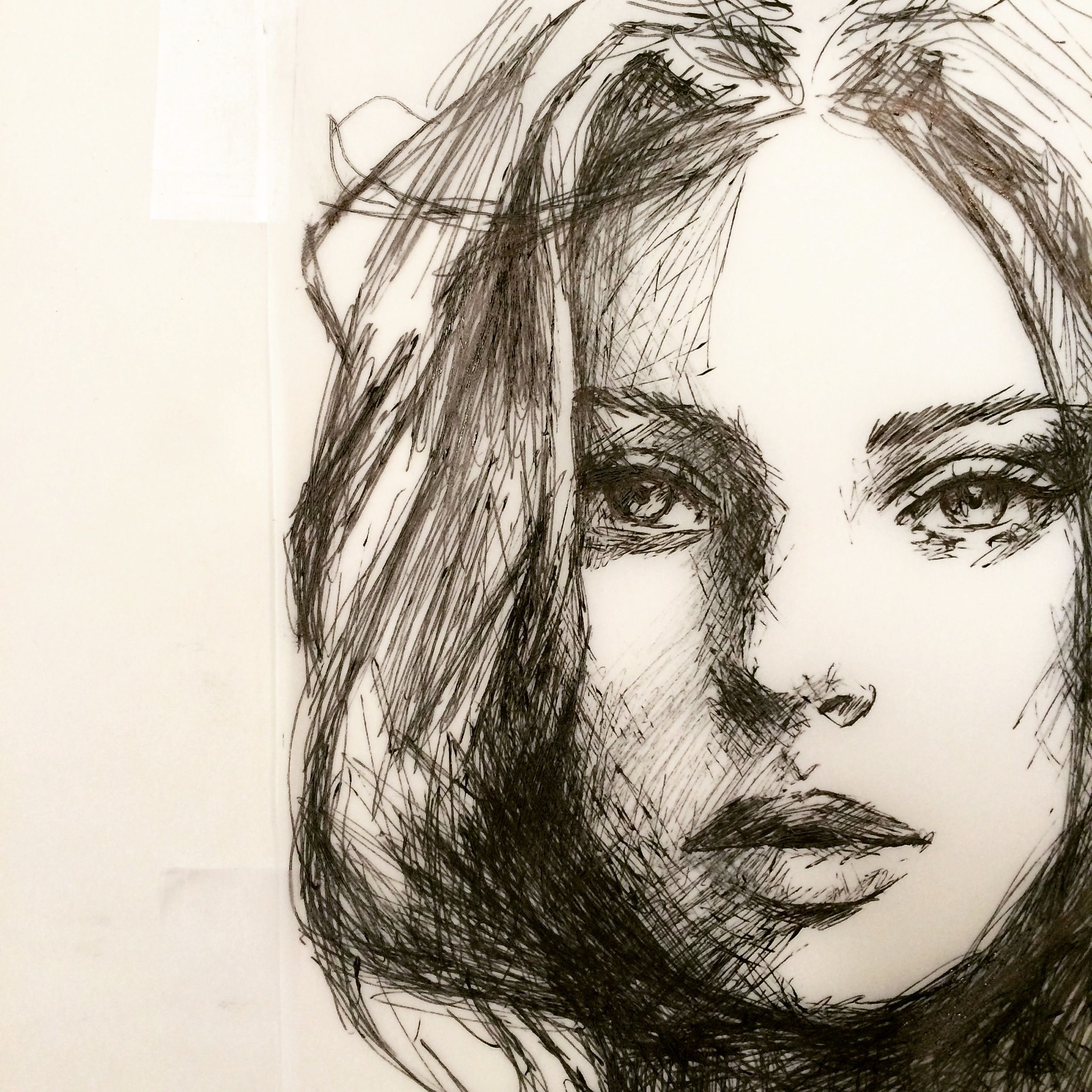DIY VR Headset: Build Your Own Virtual Reality Experience at Home
DIY VR headset: build your own virtual reality experience at home
Virtual reality technology has transformed how we experience digital content, games, and educational materials. While commercial VR headsets offer impressive features, they oftentimes come with hefty price tags. The good news is you can build your own functional VR headset at home use affordable materials and basic tools. This guide walk you through create a DIY VR headset that deliver an immersive experience without empty your wallet.
What you will need for your diyDIY VRadset
Before diving into construction, gather these essential materials:
- Cardboard (rather rigid and thick )
- Biconvex lenses (40 45 mm focal length )
- Smartphone (with gyroscope capability )
- Velcro strips
- Elastic band or head strap
- Foam padding
- Scissors or craft knife
- Hot glue gun
- Ruler and pencil
- Smartphone VR apps (available on gGoogleplay or app store )
Understand the basics of VR technology
Before build your headset, it helps to understand howVRr work. Virtual reality create an immersive experience by display slimly different images to each eye, create a stereoscopic 3d effect. The lenses in yourDIYy headset will focus and will magnify your smartphone screen, while the phone’s gyroscope will track head movements to will adjust the view consequently.
How smartphone VR work
Your smartphone serve as both the display and processing unit. VR apps split the screen into two images — one for each eye. When view through lenses, these images merge in your brain to create the perception of depth. The phone’s motion sensors detect head movements, allow you to look around the virtual environment course.
Design your DIY VR headset
The design phase is crucial for creating a comfortable, functionaVRvr headset. Let’s break down the process:
Measuring and planning
Start by measure your smartphone’s dimensions. Your headset need to accommodate your specific device. Most DIY designs follow a box like structure with:
- A compartment for your smartphone
- A lens holder position at the optimal distance from the screen
- A comfortable face mount with padding
- Secure head straps to keep the headset in place
The distance between the lenses should match the distance between your eyes (interpupillary distance or iIPD) typically 60 70 mm for adults. YoYou willant to make this adjustable if possible.
Templates and patterns
You can find free templates online that provide cut patterns for different smartphone sizes. These templates simplify the construction process and ensure proper alignment of components. If you’re ffeltcreative, you can design your own pattern base on your specific needs and smartphone dimensions.
Build your basic cardboard VR headset
Now let’s construct a simple heretofore effective cardboard VR headset:
Step 1: prepare the cardboard
Cut your cardboard accord to your template or design. A basic design includes:
- A main body (rectangular box shape )
- Side flap for structural support
- A smartphone holder section
- Lens holder cutout
Score fold lines with a ruler and the back of your scissors to create clean folds.
Step 2: create the lens holder
Cut circular holes for your lenses in the front panel. The diameter should match your lenses incisively. Position these holes to align with your eyes when wear the headset. Typically, the centers of the holes should be near 60 70 mm isolated (your iIPD)
Secure the lenses in place with hot glue, ensure they don’t move or fall out during use. Make sure the convex (curve outward )side face your eyes.
Step 3: build the smartphone compartment
Create a secure holder for your smartphone that position the screen at the optimal distance from the lenses. This distance vary base on your lens focal length but is typically 40 50 mm.
Add small cardboard flaps or Velcro strips to hold your phone in place. The phone should be center with its screen face the lenses. Consider add a small opening for charge cables if you plan extend VR sessions.
Step 4: add comfort features
Attach foam padding where the headset contact your face. This improves comfort during extended use and block external light. Old mouse pads or packaging foam work easily for this purpose.
Attach an elastic band or adjustable head strap to keep the headset secure. You can use elastic bands, repurpose straps from old goggles, or regular use a modify baseball cap for support.
Step 5: final assembly
Fold and glue all components unitedly accord to your design. Use hot glue for strong bonds between cardboard pieces. Allow the glue to dry wholly before testing.
Add Velcro or a secure mechanism to close the smartphone compartment while allow easy access to insert or remove your device.
Upgrade your DIY VR headset
Once you’ve built a basic cardboard version, consider these upgrades for a better experience:
Improved materials
Replace cardboard with more durable materials like:
- Eva foam (craft foam )for a lighter, more durable headset
- 3d print components for precise fits and adjustability
- Plastic containers repurpose as the main housing
Better optics
Upgrade from basic magnifying lenses to:
- Aspheric lenses that reduce distortion
- Adjustable lens mounts to customize focus
- Antifog coated lenses for clearer viewing
Enhanced comfort
Improve we arability with:
- Memory foam face pad
- Adjustable head straps with proper weight distribution
- Ventilation hole to prevent fogging and overheat
- Light block features around the eye area
Interactive elements
Add functionality with:
- Simple touch buttons that contact your phone screen
- Magnetic triggers for basic controls
- Cutouts for camera pass through (augment reality )
- Build in headphones or audio ports
Find and use VR content
Your DIY headset is lonesome as good as the content you enjoy with it. Here’s how to find great VR experiences:
VR apps and games
Download VR compatible apps from your device’s app store. Look for apps label” vVR” r “” rdboard compatible. ” popPopulartions include:
- YouTube VR for 360-degree videos
- Google expeditions for virtual field trips
- VR roller coaster experience
- Within for immersive storytelling
- Cardboard camera for create your own VR photos
Set up split screen mode
Most VR apps mechanically switch to split screen stereoscopic mode when you place your phone in a headset. Look for a small icon resemble a headset or goggles in the app interface to toggle VR mode.
Calibrate your headset
For the best experience, calibrate your DIY headset:

Source: open electronics.org
- Adjust the distance between lenses to match your IPD
- Position your phone at the optimal distance from the lenses
- Use apps with calibration features to fine tune the display
- Reset your phone’s gyroscope before each use
Troubleshoot common DIY VR issues
Yet the best DIY projects encounter problems. Here are solutions to common VR headset issues:
Blurry images
If your VR experience looks blurry:
- Clean your lenses with a microfiber cloth
- Adjust the distance between your phone and lenses
- Check if your phone screen resolution is set to maximum
- Ensure your phone is center right behind the lenses
Motion tracking problems
If head tracking feel turned:
- Verify your phone have a gyroscope (not all smartphones do )
- Recalibrate your phone’s sensors in the settings menu
- Close background apps that might interfere with performance
- Update your VR apps to the latest versions
Comfort issues
If your headset become uncomfortable during use:
- Add more padding around pressure points
- Redistribute weight by adjust strap placement
- Take regular breaks to prevent eye strain
- Check for sharp edges or rough spots in your construction
Advanced DIY VR projects
Ready to take your DIY VR to the next level? Consider these advanced projects:
Hand controllers
Create simple hand controllers use cardboard, conductive material for touch screens, and magnets. These can provide basic interaction in compatible VR apps.
Integrated audio
Modify your headset to include build in headphones or speaker mounts for a more immersive audio experience.
Mixed reality features
Add a pass through camera window or mount a small mirror system to enable mixed reality applications without remove the headset.
Custom VR content creation
Learn to create your own 360-degree photos and videos use smartphone apps or specialized cameras. This allows you to enjoy personal memories inVRr.
Compare DIY vs. Commercial VR headsets
Understand the differences between your DIY creation and commercial products help set realistic expectations:
Advantages of DIY VR
- Importantly lower cost (typically under $$20in materials ))
- Customizable to your specific needs and preferences
- Educational experience in optics and VR technology
- Easy to modify, upgrade, or repair
- No dependency on specific ecosystems or platforms
Limitations of DIY VR
- Lower visual quality compare to dedicated VR headsets
- Limited tracking capabilities (normally exclusively 3dof vs. 6dof )
- Smartphone performance constraint
- Less comfortable for extended use
- Limited access to premium VR content and platforms
Safety considerations for DIY VR
While build and use your DIY VR headset, keep these safety tips in mind:
- Take frequent breaks to prevent eye strain and motion sickness
- Use your headset in a clear area free of obstacles
- Be aware of smartphone overheat during extend VR sessions
- Ensure all materials use are non-toxic and free from sharp edges
- Avoid use while walk, driving, or in situations require awareness
Conclusion: the future of DIY VR
Create your own VR headset is more than money save project — it’s an educational journey into the fascinating world of virtual reality technology. Your diDIYeadset might not match commercial products in terms of features or performance, but it ofoffersomething as valuable: a deeper understanding of how vVRwork and the satisfaction of build something with your own hands.

Source: blenderartists.org
As you’ll experiment with different designs and materials, you will develop skills that will translate to other maker projects while will enjoy the magic of virtual worlds you’ll help will create. The diyDIY VRmmunity continue to innovate, share new designs and techniques that make homemade virtual reality progressively impressive.
Whether you’re a student, educator, tech enthusiast, or curious explorer, your DIY VR headset open a door to immersive experiences limit solitary by your imagination. Sol gather your materials, follow this guide, and step into virtual worlds of your own making.



